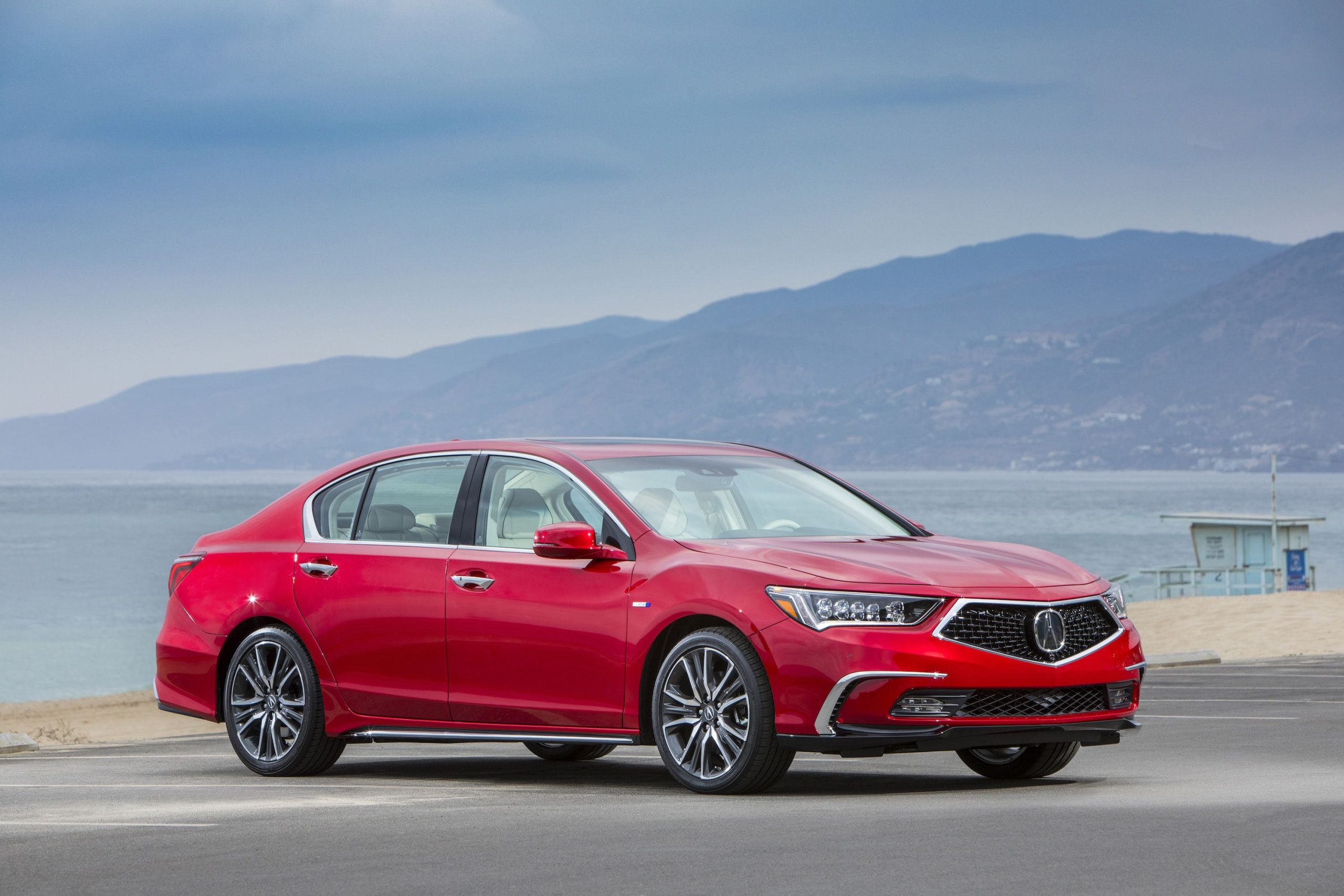When it comes to luxury automotive brands that seamlessly blend high performance with enduring reliability, Acura often enters the conversation as a trusted and practical option.
As the premium division of Honda, Acura has long maintained a reputation for engineering precision, sophisticated design, and vehicles built to stand the test of time.
From sedans to SUVs, Acura models have earned loyal followings not only for their comfort and features but also for their mechanical integrity, often lasting hundreds of thousands of miles with routine maintenance.
For buyers seeking a car that can outlive its loan term and still offer a smooth ride decades later, Acura has consistently been a strong contender.
However, the brand’s journey hasn’t been without missteps. While some Acura vehicles have proven nearly indestructible, others have struggled to deliver on the promise of long-term performance.
These outliers, whether due to poor engineering choices, rushed design changes, or reliability issues with specific components, have resulted in certain models underperforming in terms of durability and cost of ownership.
The contrast is stark: while a properly maintained Acura TL or MDX might easily surpass 250,000 miles without major incident, a model like the RLX or ZDX might begin experiencing significant issues before hitting the 100,000-mile mark.
For consumers, especially those investing in a luxury vehicle with long-term value in mind, knowing which models stand up over time—and which fall short—is essential.
It’s also worth noting that longevity in a vehicle doesn’t come from just having a strong engine or good initial build quality. True durability comes from a harmony of engineering decisions—reliable powertrains, resilient transmissions, dependable electronics, quality materials, and a design philosophy that prioritizes serviceability and consistency over flashy innovation.
Acura’s best long-running vehicles exhibit these traits with confidence. On the other hand, its less successful models are often the result of bold experiments in design or market positioning that didn’t translate well into long-term ownership satisfaction.
These include over-complicated hybrid systems, unreliable transmissions, or poor interior durability—all of which degrade the ownership experience and increase the likelihood of premature wear or costly repairs.
Over the years, Acura has produced a wide range of vehicles, each designed for different kinds of drivers. Some models, like the Integra and TL, appealed to younger enthusiasts looking for sportiness without sacrificing reliability.
Others, like the MDX and RDX, were aimed at families and professionals who wanted a versatile SUV that could manage a variety of driving conditions.
These successful models often benefit from Honda’s shared parts ecosystem and straightforward engineering, resulting in vehicles that can be kept on the road for decades with relative ease.
Conversely, Acura’s less reliable models often attempted to push the brand into uncharted territory—luxury coupes, experimental hybrids, and SUVs with questionable market appeal. While bold moves are necessary for innovation, not all gambles pay off in terms of long-term dependability.
This article explores both sides of the Acura experience, highlighting five standout models that have proven their ability to endure for decades, and five that simply didn’t live up to expectations.
Whether you’re in the market for a dependable used Acura or are just interested in the brand’s legacy, understanding which vehicles can truly go the distance—and which ones might drain your wallet—is invaluable.
Each of the ten models included here offers lessons in automotive success and failure. The good ones show what happens when reliable engineering meets smart design. The bad ones serve as reminders that even well-respected automakers can occasionally miss the mark.
So, whether you’re a long-time Acura fan or a curious car buyer researching your next vehicle, read on to discover the best and worst performers in Acura’s history. With insights based on real-world performance and ownership trends, this guide can help you make a more informed decision—and potentially find an Acura that will last for decades to come.
Also Read: 5 Cars That Keep Their Cool In Summer And 5 That Turn Into Ovens
5 Acura Models That Run for Decades

1. Acura TL (1995-2014)
The Acura TL, particularly from the mid-90s to the 2010s, is often hailed as one of Acura’s most iconic models. From its debut in 1995, the TL quickly became a staple in the luxury sedan market, offering a fantastic blend of style, performance, and durability that could withstand the test of time.
One of the key reasons the TL has such a loyal following is its superb engineering and high-quality build. The 3.2L and 3.5L V6 engines in the later models were both known for their smooth performance, exceptional longevity, and ability to handle well over 200,000 miles with little to no major mechanical issues.
These engines were paired with a relatively straightforward automatic transmission system that has proven to be one of the most reliable in Acura’s lineup.
The TL’s suspension and braking systems were also engineered to withstand the rigors of daily driving, ensuring that the vehicle maintained its smooth and comfortable ride for years. Owners of the TL often report minimal repair costs after high mileage, with many of the issues being routine maintenance rather than major mechanical failures.
Additionally, the TL was equipped with an array of tech features, from premium sound systems to heated seats, that ensured it remained relevant and comfortable throughout its production run.
This model’s resale value also remained high, largely because it continued to perform well even as it aged. With regular maintenance, Acura TLs are known to run for decades, making it one of the brand’s most durable and dependable vehicles.
Beyond just the mechanical reliability, the TL’s reputation for comfort also played a role in its long-lasting popularity. The spacious interior, combined with high-quality materials, made it a favorite for people looking for a practical yet luxurious vehicle.
Even as competitors began offering newer and more innovative technologies, the TL’s build quality and reputation for reliability kept it in high demand in the used car market. This enduring popularity and its exceptional longevity are what make the Acura TL one of the most noteworthy models in Acura’s history.
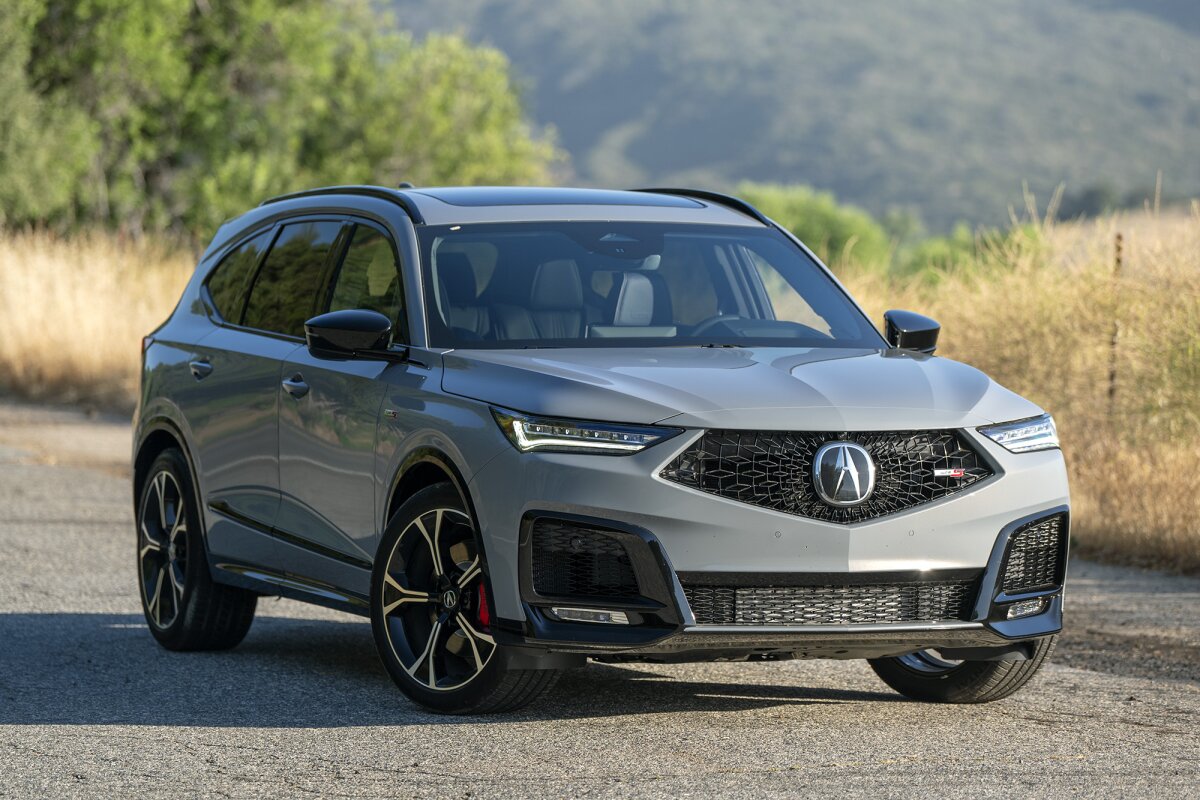
2. Acura MDX (2001-Present)
Since its introduction in 2001, the Acura MDX has become one of the most successful and long-lasting models in the luxury SUV market. The MDX, known for its outstanding reliability and durability, has gained a reputation for running well past the 200,000-mile mark with minimal issues, making it a prime candidate for long-term ownership.
The MDX’s 3.5L V6 engine, which was updated over the years, has consistently provided excellent power while maintaining excellent fuel efficiency for a vehicle of its size.
This balance of power and efficiency, combined with a well-designed all-wheel-drive system, has allowed the MDX to remain a highly practical and reliable option for families and adventure-seekers alike.
One of the key reasons the MDX has remained so durable is its construction. Acura has always emphasized building vehicles that can endure tough conditions, and the MDX is no exception.
The SUV’s frame, suspension, and drivetrain components are designed to last for the long haul, often outlasting competitors in terms of longevity and ease of maintenance.
With regular maintenance, it is not uncommon for owners to see their MDXs running smoothly for over 250,000 miles. The MDX also features an impressive array of safety features, making it an ideal choice for families looking for a durable and reliable vehicle that can take on daily duties as well as long road trips.
While some luxury SUVs might struggle with costly repairs as they age, the MDX’s reputation for reasonable maintenance costs has made it a favorite for those seeking a dependable, family-friendly vehicle that doesn’t break the bank in repairs.
Acura has been careful to continue refining the MDX’s design over the years, adding modern technology and improving its efficiency while maintaining the core attributes of durability and reliability. The MDX has proven that it can last for decades, making it one of Acura’s strongest performers in terms of longevity.
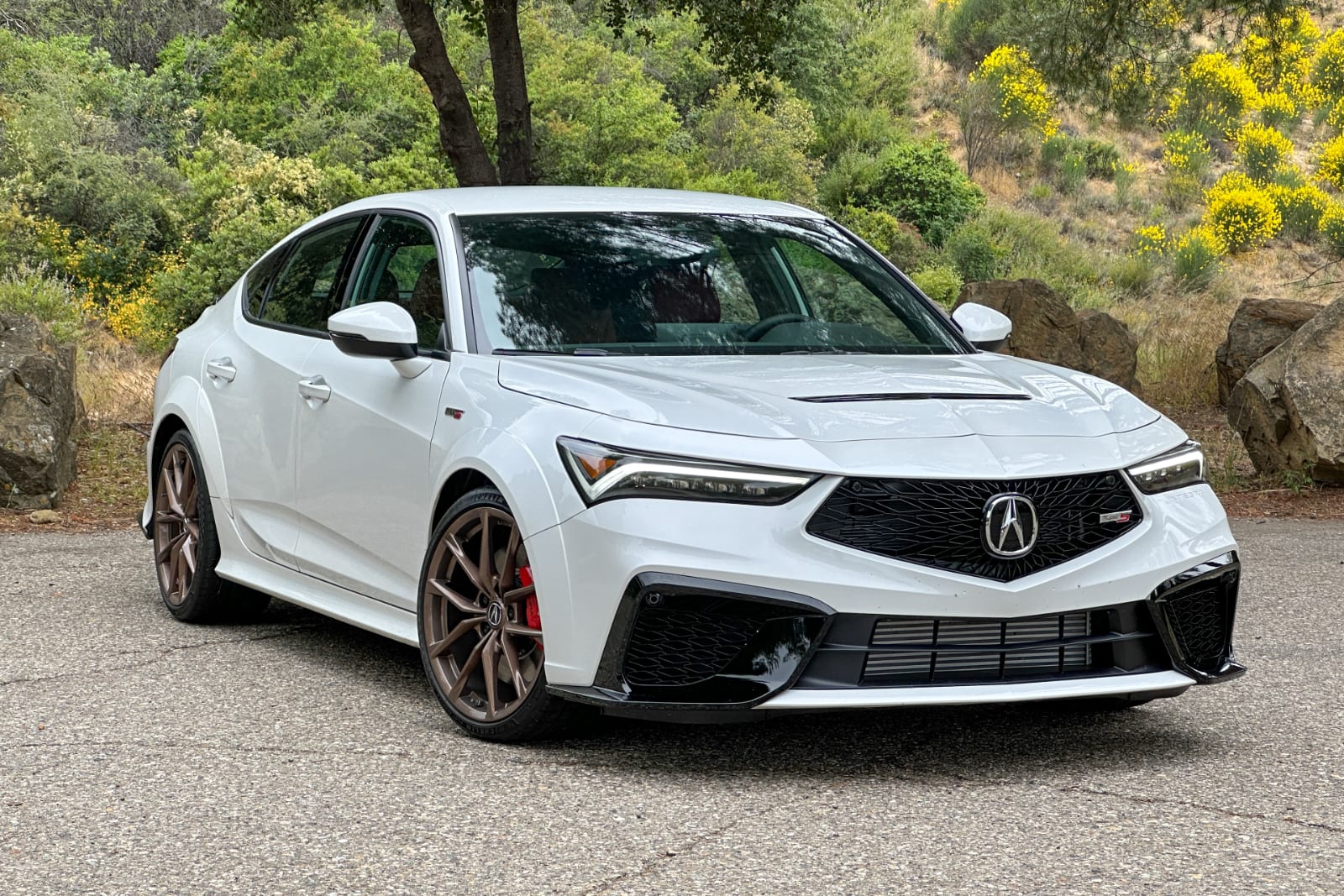
3. Acura Integra (1986-2001)
The Acura Integra is perhaps one of the best examples of a compact car that can run for decades with the right care. Debuting in 1986, the Integra quickly gained a reputation for being a reliable and affordable option for those looking for a mix of sporty performance and daily drivability.
The Integra’s 1.6L and 1.8L engines, which were available in both the DOHC and SOHC versions, were engineered for both power and longevity.
These engines could easily handle high-mileage use, and many Integra owners report that their vehicles ran well over 250,000 miles without significant engine issues. The vehicle’s engine design, in particular, was straightforward and relatively easy to maintain, which contributed to the Integra’s reputation for reliability.
What set the Integra apart from many other compact cars at the time was its sporty handling and robust suspension system. Acura took care to design the Integra’s suspension to endure long-term driving, and it became a popular choice among car enthusiasts who appreciated both the car’s driving dynamics and its ability to last.
Even as the Integra aged, many of the original models were able to maintain solid resale values, a testament to how well they held up over time. Whether it was the 2-door hatchback or the 4-door sedan, the Integra proved to be a versatile vehicle that could adapt to a variety of driving needs.
Despite being discontinued in 2001, the Integra’s legacy lives on, with many examples still in use today, particularly among those who value reliability and performance in their daily driver.
The simplicity of the Integra’s design meant fewer complex systems to fail, and this contributed to its longevity. While the vehicle didn’t have the luxury features of its larger counterparts, its durability, reliability, and driving excitement made it one of the most enduring models in Acura’s history.
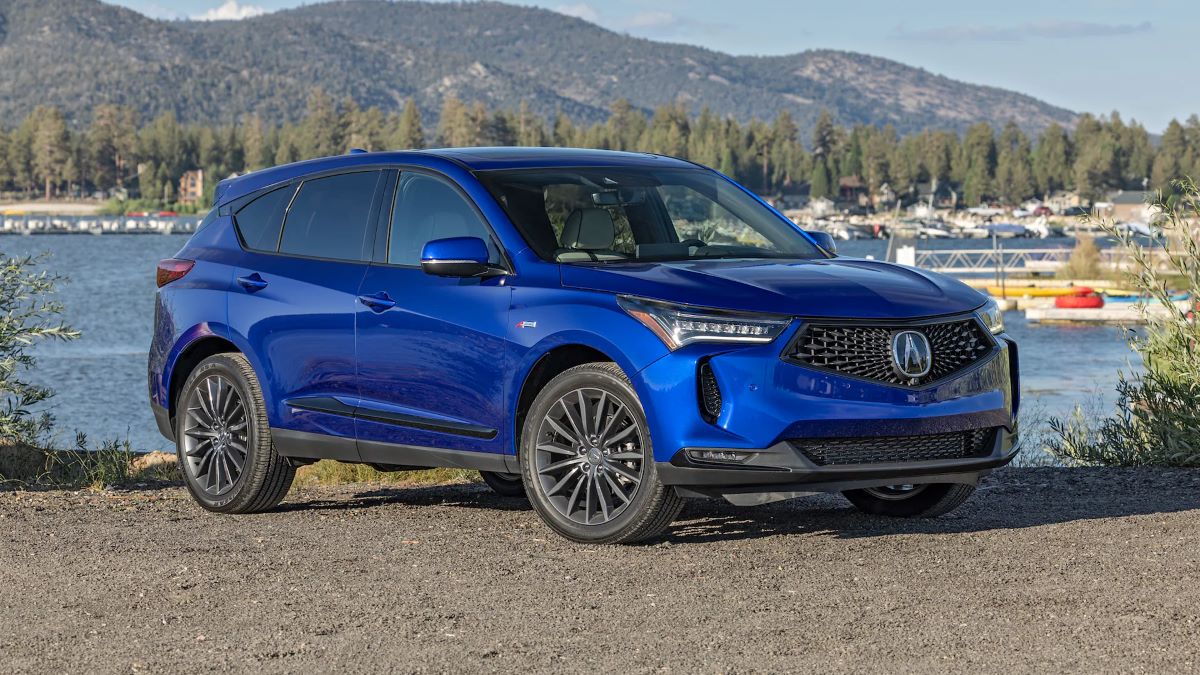
4. Acura RDX (2007-Present)
Since its launch in 2007, the Acura RDX has been one of the most dependable vehicles in the luxury compact crossover segment. This SUV combines the best of both worlds: it offers a comfortable and upscale driving experience while being able to go the distance without requiring extensive repairs.
The RDX’s initial turbocharged 2.3L engine was highly praised for its performance and efficiency, and it quickly became one of the standout features of the vehicle. Later models continued this tradition with an improved turbocharged 2.0L engine, which not only improved fuel economy but also retained the RDX’s signature smooth acceleration and reliability.
The key to the RDX’s longevity lies in its durability, particularly the strength of its drivetrain. Both the engine and the transmission are engineered to last with minimal intervention, and the RDX’s well-designed AWD system provides excellent handling in both urban and off-road environments.
As with many Acura models, the RDX is known for its ability to withstand years of daily driving without major mechanical issues, often surpassing the 200,000-mile threshold without requiring significant repairs. The SUV’s cabin is also designed for long-term comfort, with high-quality materials that age well and remain in good condition for many years.
Additionally, the RDX’s ease of maintenance and the availability of affordable parts make it a good long-term investment for owners who want a vehicle that will last for decades.
Many owners report minimal issues with their RDX even after years of service, and the car has proven to hold its value better than most competitors in its class. Whether used as a family vehicle or a daily commuter, the RDX is an exceptional example of a car that can provide long-lasting, dependable performance.

5. Acura RL (1996-2012)
The Acura RL, a flagship luxury sedan, stands out for its premium features and long-term reliability. The RL was designed to compete with the likes of the BMW 5 Series and Mercedes-Benz E-Class, and it did so with a focus on refinement, luxury, and dependability.
The RL’s 3.5L V6 engine was a standout for its smoothness and longevity, allowing it to remain reliable even after reaching the 250,000-mile mark.
Acura also equipped the RL with a sophisticated all-wheel-drive system, which provided both excellent handling and enhanced traction in various weather conditions, making it a suitable choice for drivers who wanted performance combined with practicality.
Inside, the RL offered a high level of comfort, with a spacious cabin and premium materials that aged gracefully over the years. The car’s suspension system was designed for comfort as well as durability, and it rarely required significant repairs even after long periods of use.
Its impressive build quality and the fact that it was engineered with attention to detail meant that the RL often exceeded expectations in terms of longevity, with many owners praising its ability to perform smoothly over long distances without encountering serious issues.
Moreover, the RL featured Acura’s renowned technology and safety features, which helped enhance its reputation for lasting performance. While the RL was discontinued in 2012 due to declining sales, it remains one of the most reliable and long-lasting luxury sedans Acura has ever produced.
With its timeless design, outstanding comfort, and exceptional engineering, the RL continues to be a popular choice for used luxury car buyers seeking a vehicle that can last for decades with proper maintenance.
5 Acura Models That Don’t Deliver
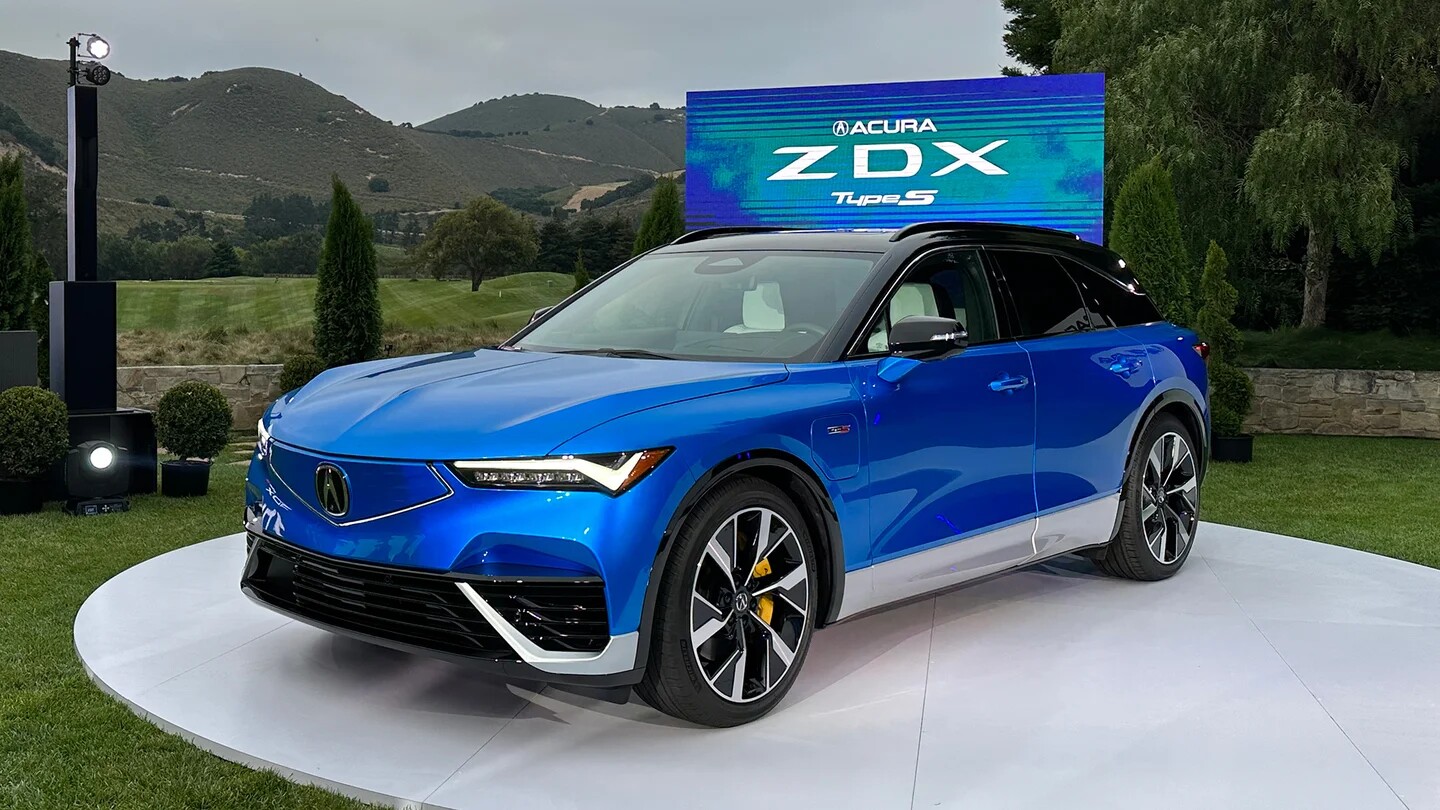
1. Acura ZDX (2010-2013)
The Acura ZDX, introduced in 2010, was a bold attempt to blend a luxury SUV with coupe-like styling, but it ultimately failed to deliver the level of durability and reliability that Acura is known for. Despite its striking design, the ZDX faced numerous challenges, starting with its mechanical reliability.
The model was plagued with transmission issues, with many owners reporting problems such as slipping, rough shifting, and even complete transmission failure, often at relatively low mileage. These transmission issues, along with expensive repairs, became a significant drawback for the ZDX, making it far less reliable than other Acura models that typically excel in this area.
In addition to transmission problems, the ZDX also suffered from issues related to its suspension system, which tended to wear out prematurely, especially when subjected to the demands of daily driving or heavy use. Furthermore, the vehicle’s advanced electronics, particularly the infotainment system, were known to malfunction or become outdated quickly.
Owners reported frustrations with the navigation system freezing, the touch-screen interface becoming unresponsive, and the lack of integration with newer technologies, making the ZDX feel behind the times despite its relatively short production run.
These shortcomings led to high maintenance costs and decreased resale value, which further tarnished the model’s reputation. The ZDX was discontinued in 2013 after just four years, marking it as one of Acura’s most short-lived models.
Although the ZDX had its merits in terms of luxury features and design, its persistent reliability issues and higher-than-average maintenance costs kept it from gaining the long-term appeal that many other Acura models have enjoyed.
For those looking for a dependable Acura, the ZDX was unfortunately one of the brand’s failures in terms of delivering on the promise of lasting performance and value.
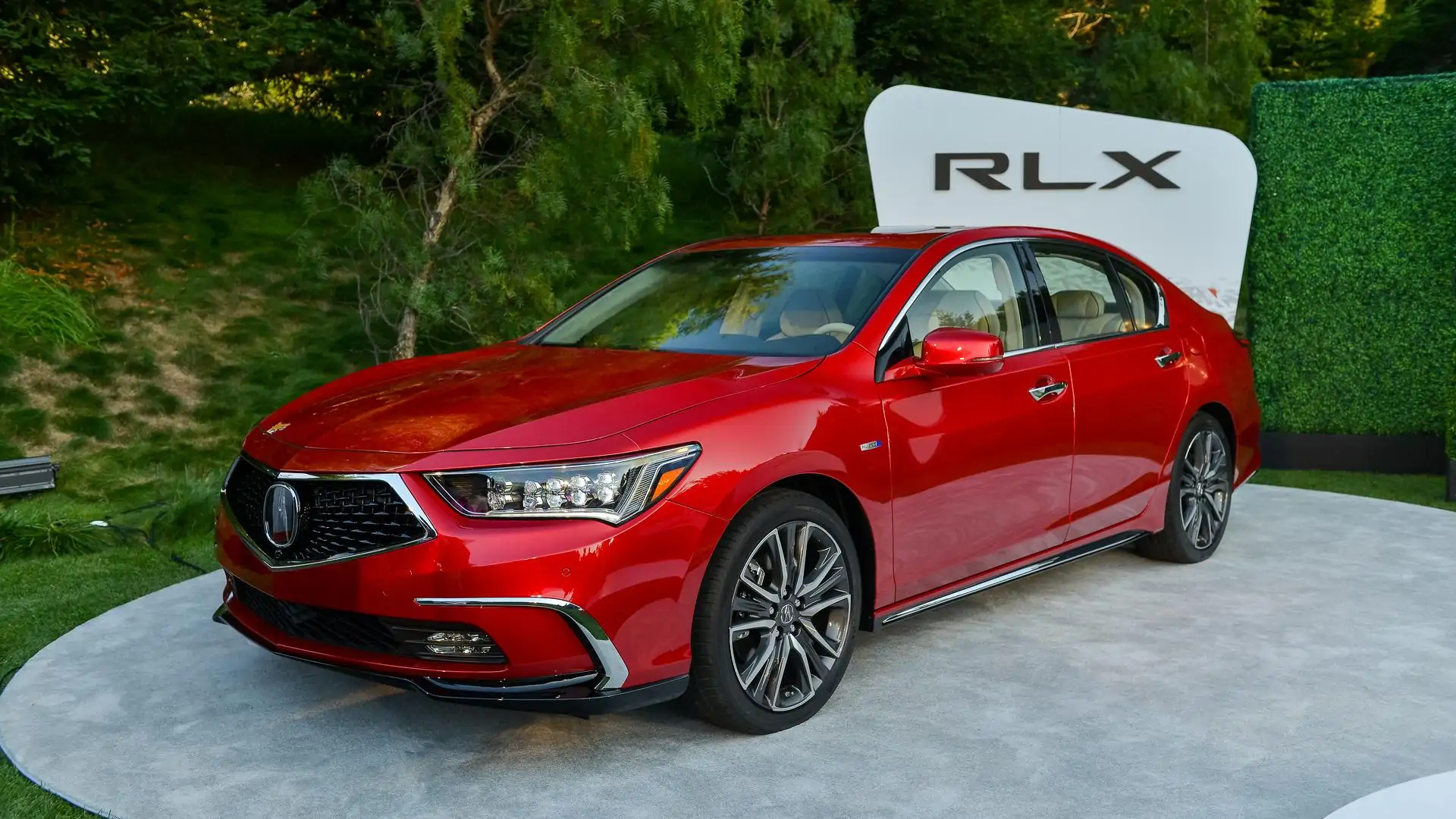
2. Acura RLX (2014-2020)
The Acura RLX was meant to be the flagship sedan of the brand, offering top-tier luxury, advanced technology, and exceptional performance. However, despite its ambitious intentions, the RLX failed to capture the attention of luxury sedan buyers, and it didn’t deliver on the longevity that is typically associated with Acura’s lineup.
One of the most significant issues with the RLX was its complex and sometimes unreliable technology systems, particularly the brand’s infotainment system, which was plagued by user interface problems and frequent glitches.
This was a major disappointment, especially considering that Acura’s reputation had been built on reliability and ease of use. The RLX’s infotainment system was often considered outdated compared to rivals, leaving many owners frustrated with its functionality.
Additionally, the RLX suffered from issues related to its drivetrain. While the car was equipped with a 3.5L V6 engine in the base model and a hybrid option in the Sport Hybrid version, the hybrid powertrain was prone to malfunction and often experienced electrical issues that affected the driving experience.
The hybrid version’s battery had a tendency to degrade faster than expected, and replacement costs were high, making it a less appealing option for buyers looking for a vehicle that would maintain its performance over the long term.
Moreover, the vehicle’s build quality did not match up to the expectations set by other luxury sedans in its class, which further hindered its long-term appeal.
Despite its impressive technology and performance features when it first launched, the RLX failed to live up to the longevity and reliability that Acura buyers have come to expect.
The car was discontinued in 2020, after only six years of production, with many drivers expressing dissatisfaction with both the car’s complex systems and its reliability. This model’s inability to maintain Acura’s reputation for durable, long-lasting vehicles marked it as a misstep for the brand.
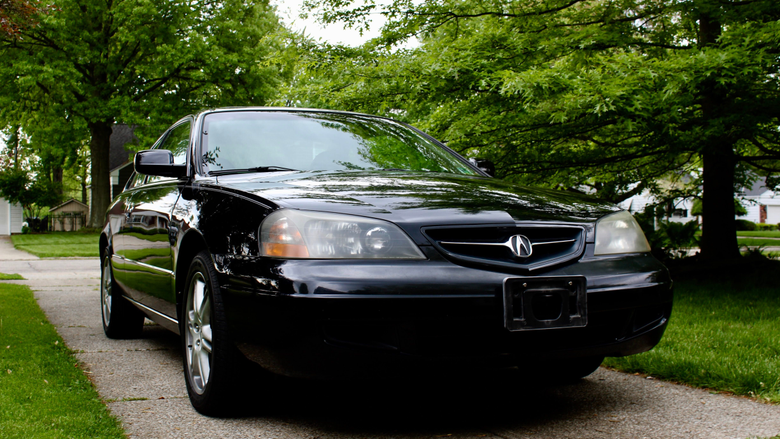
3. Acura CL (1997-2003)
The Acura CL, a mid-size luxury coupe that was produced between 1997 and 2003, was an ambitious model that aimed to offer both performance and luxury in a sporty package. However, the CL struggled with a range of issues that prevented it from achieving the durability that other Acura models are known for.
The most common problem with the CL was its transmission, which was prone to failure. Transmission issues in the CL were frequent, and many owners reported issues with shifting, slipping, and even complete transmission failure as early as 100,000 miles. This resulted in costly repairs and made the CL less desirable for buyers looking for a car that would last for many years.
In addition to transmission issues, the CL’s suspension system was another weak point. Many owners reported that the suspension components wore out prematurely, leading to an uncomfortable driving experience and frequent repairs.
The vehicle’s build quality was also subpar compared to other vehicles in its class, with reports of rattles, creaks, and issues with interior materials deteriorating over time. These reliability concerns meant that the CL was often more costly to maintain and repair than other Acura models, diminishing its appeal for those seeking long-term value.
Despite offering a stylish design and decent performance when new, the Acura CL was ultimately discontinued in 2003 after only six years of production, largely due to its inability to meet the expectations for longevity that Acura was known for.
While it was a luxury coupe aimed at competing with the likes of the Lexus SC and BMW 3 Series, the CL’s reliability issues and high maintenance costs made it a less favorable choice for those looking for a dependable vehicle that would serve them well for many years.
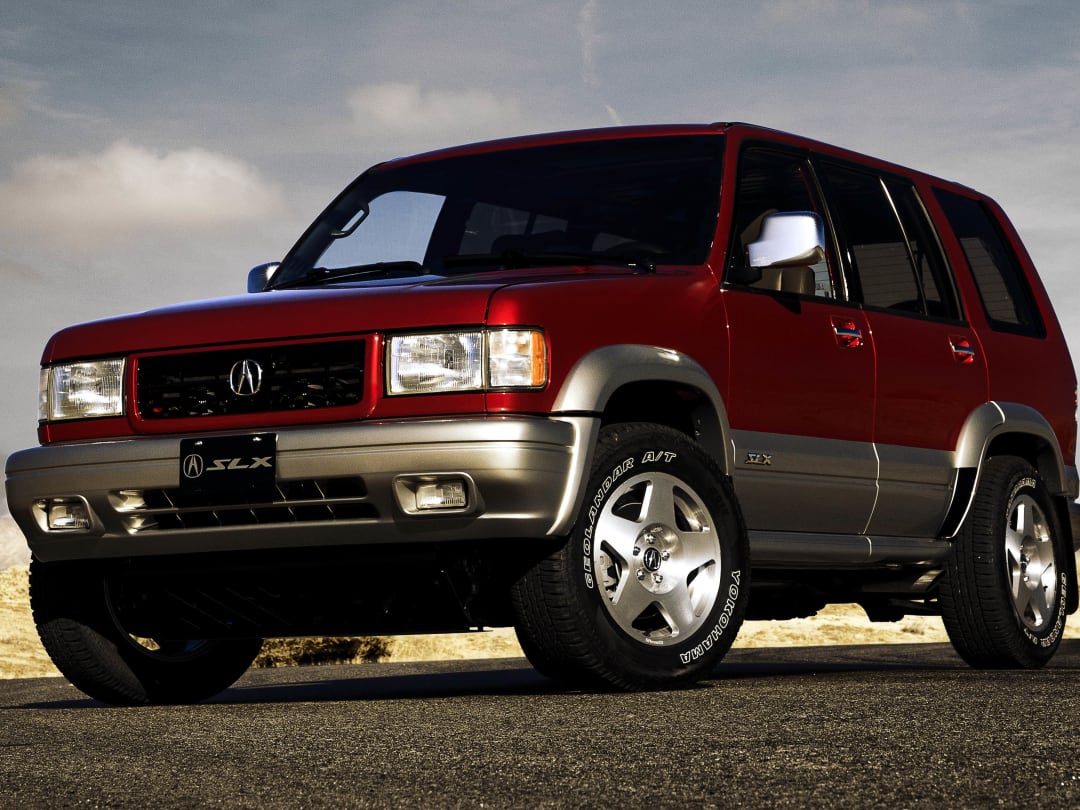
4. Acura SLX (1996-1999)
The Acura SLX, produced from 1996 to 1999, was Acura’s attempt at entering the luxury SUV market. However, this model quickly gained a reputation for being unreliable and prone to mechanical failures.
The SLX was essentially a rebadged Isuzu Trooper, and while the Trooper was known for its off-road capabilities, the SLX failed to live up to expectations in terms of reliability and long-term durability.
One of the main issues with the SLX was its drivetrain, which, despite being robust in off-road situations, struggled with reliability in everyday driving conditions. The vehicle’s engine and transmission were prone to failures, and owners often reported poor performance after the vehicle accumulated a significant amount of mileage.
The SLX also suffered from several electrical issues, with owners complaining about problems with the vehicle’s power windows, lights, and other electrical systems.
These issues were expensive to repair and, combined with the vehicle’s lackluster build quality, led to the SLX’s reputation as one of Acura’s least reliable models. Additionally, the SLX’s fuel economy was far below expectations for a luxury SUV, which only added to its appeal as an inefficient and costly vehicle to maintain.
Despite its rugged appearance and off-road capabilities, the Acura SLX was not able to establish itself as a long-lasting, dependable vehicle in Acura’s lineup. Its high maintenance costs, combined with the mechanical and electrical issues that plagued it, led to its discontinuation in 1999 after only four years of production.
The SLX remains a rare sight on the road today, largely due to its tendency to break down more frequently than other Acura models and its inability to provide the durability and longevity that the brand was known for.
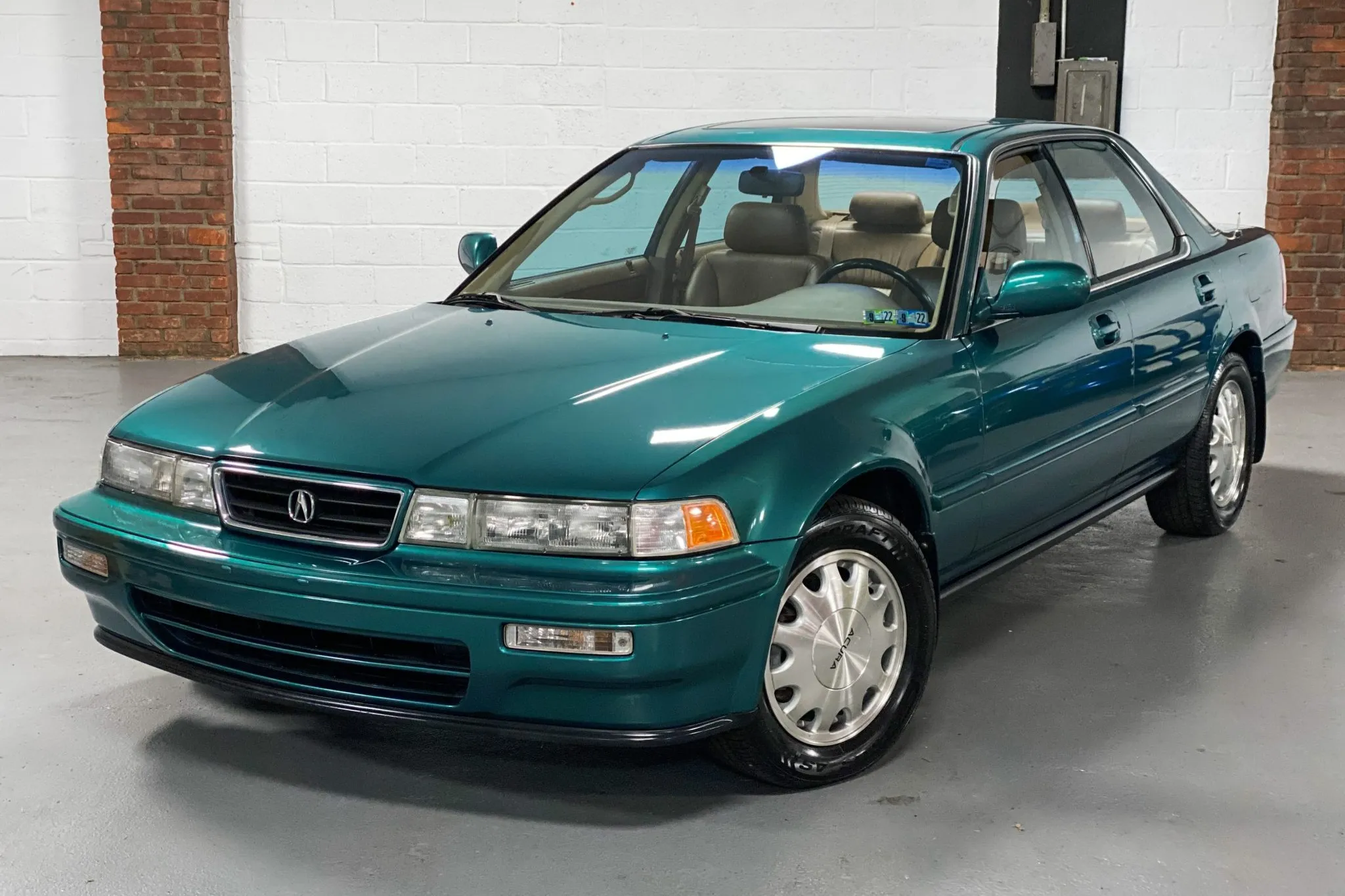
5. Acura Vigor (1992-1994)
The Acura Vigor, produced from 1992 to 1994, was a mid-size sedan designed to compete with other luxury sedans in the market. While the Vigor was initially lauded for its sporty performance and stylish design, it quickly became clear that it was not as reliable or durable as other Acura vehicles.
One of the main issues with the Vigor was its transmission, which was prone to failure and often required costly repairs after just a few years of use. Many owners reported that the transmission would slip or fail, leading to an early demise for the vehicle in some cases.
Additionally, the Vigor suffered from a range of suspension problems, including issues with the shocks, struts, and handling. These problems led to an uncomfortable driving experience and increased the cost of maintenance for owners who tried to keep the vehicle on the road for longer periods.
The vehicle’s build quality was also a concern, as many owners reported that the interior materials deteriorated quickly, and the design did not hold up as well as other luxury sedans from the same era. This lack of durability made the Vigor a less appealing option for those looking for a car that would last for decades.
Despite its relatively short production run, the Vigor’s legacy remains one of disappointment for many Acura enthusiasts. While it was initially seen as a promising option in the luxury sedan market, its poor reliability and high maintenance costs led to its discontinuation after just three years.
For those seeking a dependable Acura vehicle, the Vigor simply didn’t deliver on the brand’s promise of lasting performance and durability, making it one of the less successful models in Acura’s history.
Also Read: 5 Cars with Bulletproof Electronic Systems and 5 That Short Out Easily
Acura’s history as Honda’s premium vehicle division tells a tale of innovation, ambition, and, most importantly, consistency in engineering excellence.
Over the decades, the brand has developed a firm reputation for producing vehicles that offer a dependable luxury experience, especially when it comes to models like the Acura TL, MDX, Integra, RDX, and RL. These cars exemplify what Acura does best: crafting vehicles that balance comfort and performance with bulletproof reliability.
In these models, owners have found not just a daily driver, but a long-term companion capable of withstanding hundreds of thousands of miles with routine care and minimal issues. Their continued presence on the road today—some with odometers spinning well past 300,000 miles—serves as proof of their enduring engineering.
These success stories show that when Acura leans into its Honda roots, favoring quality over unnecessary complexity, it delivers vehicles that genuinely go the distance.
Whether it’s the understated luxury of the RL, the utilitarian brilliance of the MDX, or the enduring charm of the Integra, the common thread in these long-lasting models is mechanical simplicity, durable construction, and thoughtful design.
These models were not overloaded with technology for technology’s sake. Instead, they provided just enough innovation to remain competitive, without compromising on the fundamentals of a long-lasting vehicle. It’s this approach that has helped many Acura models earn a place among the most reliable luxury vehicles in automotive history.
On the flip side, not every Acura model has lived up to the brand’s high standards. Models like the ZDX, RLX, CL, SLX, and Vigor illustrate what can go wrong when complexity, misalignment with market demands, or poorly executed innovations are prioritized over proven engineering principles.
The ZDX, for example, attempted to combine coupe styling with SUV practicality, but instead created a vehicle that was difficult to maintain, underwhelming in functionality, and notorious for costly transmission issues.
The RLX, despite being the brand’s flagship sedan, failed to attract and retain buyers due to its overly complicated hybrid systems and a lackluster driving experience.
These vehicles didn’t just fall short in terms of consumer appeal—they struggled to maintain their mechanical integrity over time, leading to early retirements and unfavorable resale values.
Importantly, the contrast between Acura’s best and worst models isn’t just about individual components—it’s about philosophy. The brand’s most successful models stayed true to Honda’s core values: functionality, reliability, and value. The problematic models often tried to stretch too far into luxury trends or technological experiments without ensuring that the basics were well-executed.
That’s not to say innovation is inherently bad—far from it. But innovation in the automotive world must always be paired with rigorous real-world testing and a commitment to long-term sustainability. When that balance is lost, the result is vehicles that may impress in the showroom but falter on the road.
Ultimately, the takeaway for potential buyers or Acura enthusiasts is this: know what you’re getting into. If you’re in the market for a used Acura and you want something that will stand the test of time, gravitate toward models that have proven their endurance, like the TL, MDX, or RDX.
These are the cars that continue to earn praise from owners years after their release, not just because they’re comfortable or stylish, but because they simply keep running. If, however, you’re tempted by some of the brand’s more niche offerings like the ZDX or RLX, be aware of the potential pitfalls in reliability and cost of ownership.
Acura, like any brand, has its highs and lows. But by understanding which models deliver on their promise of longevity and which ones do not, you can make smarter choices—whether you’re buying new, shopping used, or simply appreciating the nuances of automotive design.
In the end, the difference between a car that lasts ten years and one that lasts thirty often comes down to more than just luck—it comes down to knowing the legacy behind the badge.

